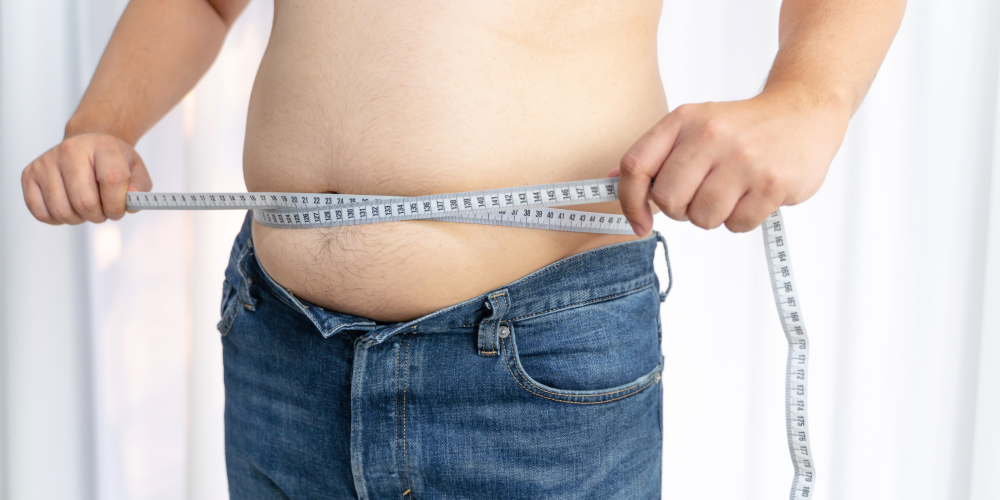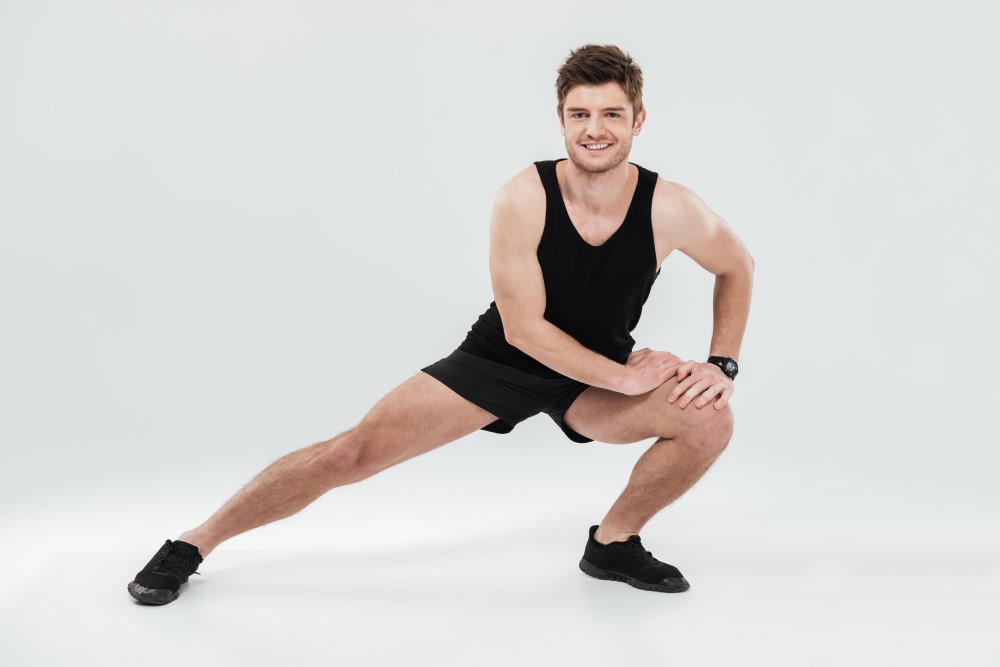The Conjugate Method
The Conjugate Method is a training system that combines different methods of strength and conditioning to achieve optimal results. It was developed by Louie Simmons and the Westside Barbell Gym, based on the principles of Soviet and Bulgarian weightlifting.
It is designed to overcome plateaus, prevent injuries, and enhance athetic performance by constantly varying the exercises, intensities, and stimuli.
How Does the Conjugate Method Work?
The Conjugate Method consists of four weekly workouts, each focusing on one or two of the main powerlifting lifts: squat, deadlift, and bench press. The workouts are divided into two categories: maximum effort and dynamic effort.
- Maximum effort workouts involve lifting maximal or near-maximal weights (around 90% of one-rep max) in different variations of the main lifts, such as box squats, sumo deadlifts, or floor presses. These workouts aim to develop maximal strength and neural adaptation by taxing the central nervous system.
- Dynamic effort workouts involve lifting submaximal weights (around 30% to 70% of one-rep max) in the main lifts with bands or chains attached to the barbell, which increase the resistance at the top of the movement.
These workouts aim to develop speed, power, and explosiveness by improving the rate of force development.
In addition to the main lifts, each workout also includes assistance exercises that target specific muscle groups and weaknesses. These exercises are performed with lighter weights and higher reps (around 10 to 20) to induce muscular hypertrophy and endurance.
These exercises make up 80% of the training volume and are designed to improve form, technique, and balance.
The key feature of the Conjugate Method is that it rotates the exercises every week or every few weeks to avoid adaptation and boredom.
The exercises are chosen based on the individual’s needs, goals, and weaknesses.
For example, if someone has a weak lockout in the bench press, they might choose a variation that emphasizes the triceps, such as board presses or close-grip presses.
A typical weekly schedule of the Conjugate Method might look like this:
| Day | Workout | Main Lifts | Assistance Exercises |
| — | — | — | — |
| Monday | Maximum effort lower body | Squat or deadlift variation | Glutes, hamstrings, lats, traps, lower back, core |
| Wednesday | Maximum effort upper body | Bench press variation | Triceps, upper back, lats, shoulders, core |
| Friday | Dynamic effort lower body | Squat and deadlift variation with bands or chains | Glutes, hamstrings, lats, traps, lower back, core |
| Saturday | Dynamic effort upper body | Bench press variation with bands or chains | Triceps, upper back, lats, shoulders, core |
What are the Benefits of the Conjugate Method?
The Conjugate Method has several benefits for strength and performance:
- It prevents plateaus by constantly changing the stimulus and challenging the body in different ways.
- It prevents injuries by avoiding overuse of the same muscles and joints and by strengthening weak links and stabilizers.
- It enhances athletic performance by developing multiple qualities at once: strength, power, speed, hypertrophy, endurance.
- It allows for individualization and customization based on personal preferences and goals.
- It keeps training fun and interesting by offering variety and novelty
Who Should Use the Conjugate Method?
The Conjugate Method is an advanced training system that requires a high level of experience, knowledge, and equipment. It is not recommended for beginners or intermediates who might benefit more from simpler and more linear programs. It is also not suitable for people who have limited access to different exercises or equipment such as bands or chains.
What are the Results of the Conjugate Method?
The Conjugate Method has been proven to produce impressive results in terms of strength and performance. Many powerlifters who follow this system have broken world records and achieved elite levels of strengt. For example, Louie Simmons himself has squatted over 900 pounds at the age of 50.
Studies have shown that it can also improve other aspects of fitness, such as speed, agility, and endurance. By training with different intensities and stimuli, the body becomes more adaptable and efficient at different energy systems. For example, a 2020 study found that women who did the Conjugate Method were able to lower their systolic blood pressure.
It can also enhance muscular hypertrophy and injury prevention. By doing a variety of assistance exercises, the body can stimulate more muscle fibers and increase muscle mass.
Moreover, by strengthening the weak links and stabilizers, the body can reduce the risk of overuse injuries and improve joint health.
For example, the Conjugate Method uses high-volume band work to improve connective tissue quality and strengthen tendons.
Conclusion
The Conjugate Method is a powerful way to train for strength and performance. It combines different methods of training to achieve optimal results. It involves lifting maximal or submaximal weights in different variations of the main lifts, as well as doing assistance exercises that target specific muscle groups and weaknesses. The Conjugate Method prevents plateaus, prevents injuries, and enhances athletic performance by constantly varying the exercises, intensities, and stimuli. The Conjugate Method is ideal for advanced lifters who have a high level of experience, knowledge, and equipment. It is not recommended for beginners or intermediates who might benefit more from simpler and more linear programs. It is also not suitable for people who have limited access to different exercises or equipment such as bands or chains.
The Conjugate Method is a training system that can help you achieve your strength and performance goals. If you are looking for a challenging and effective way to train, you might want to give it a try.









